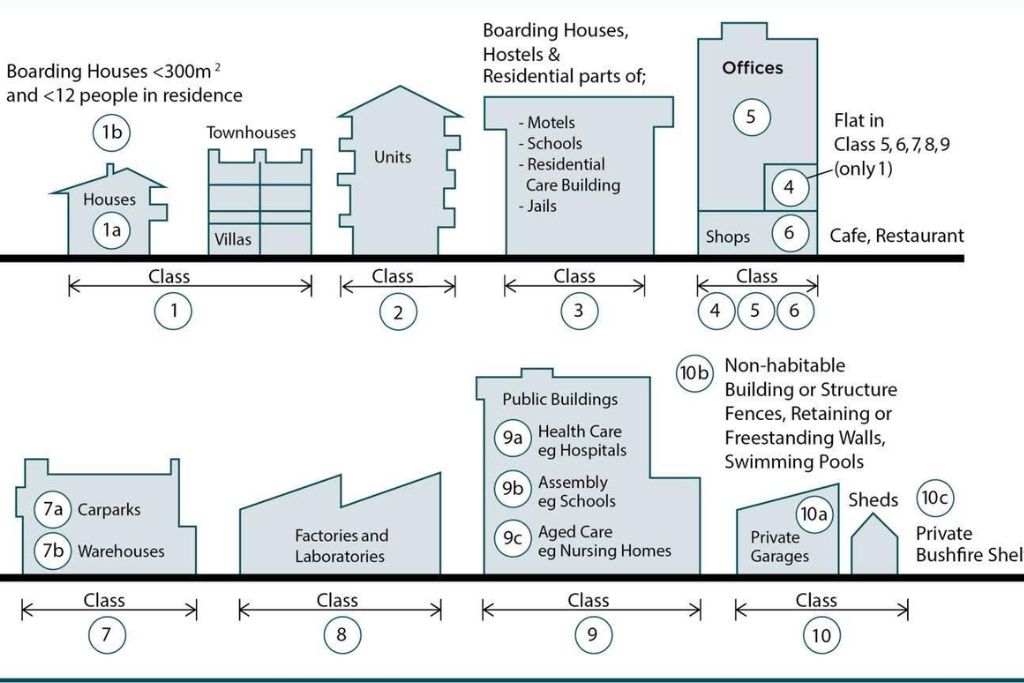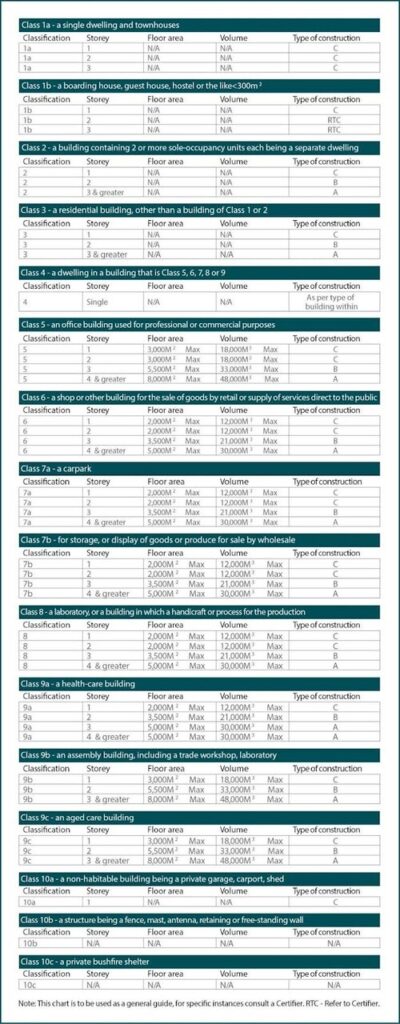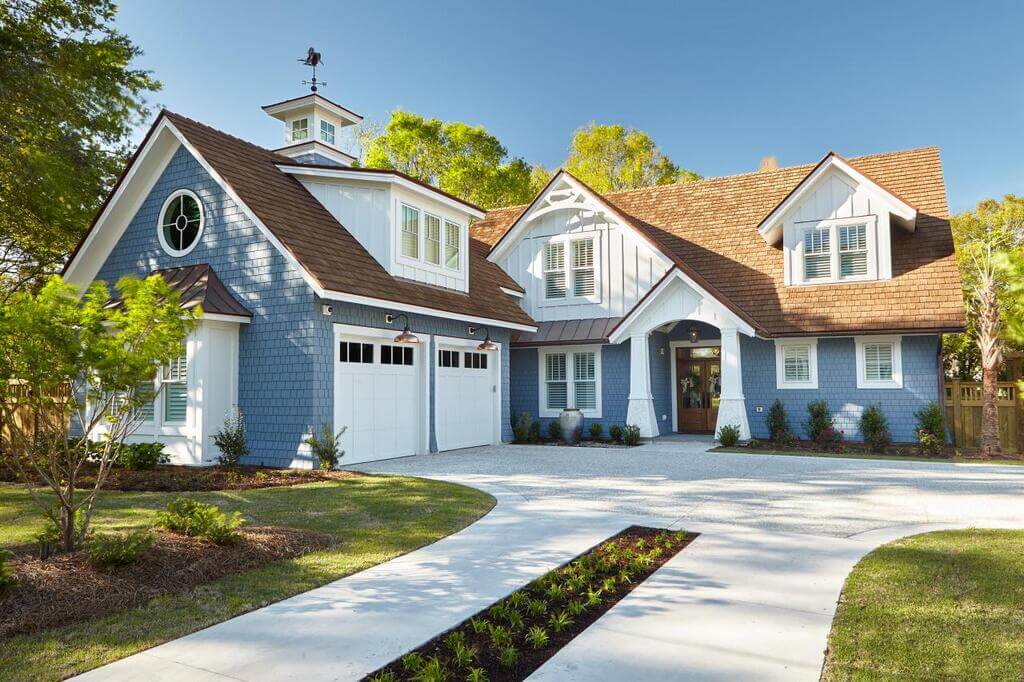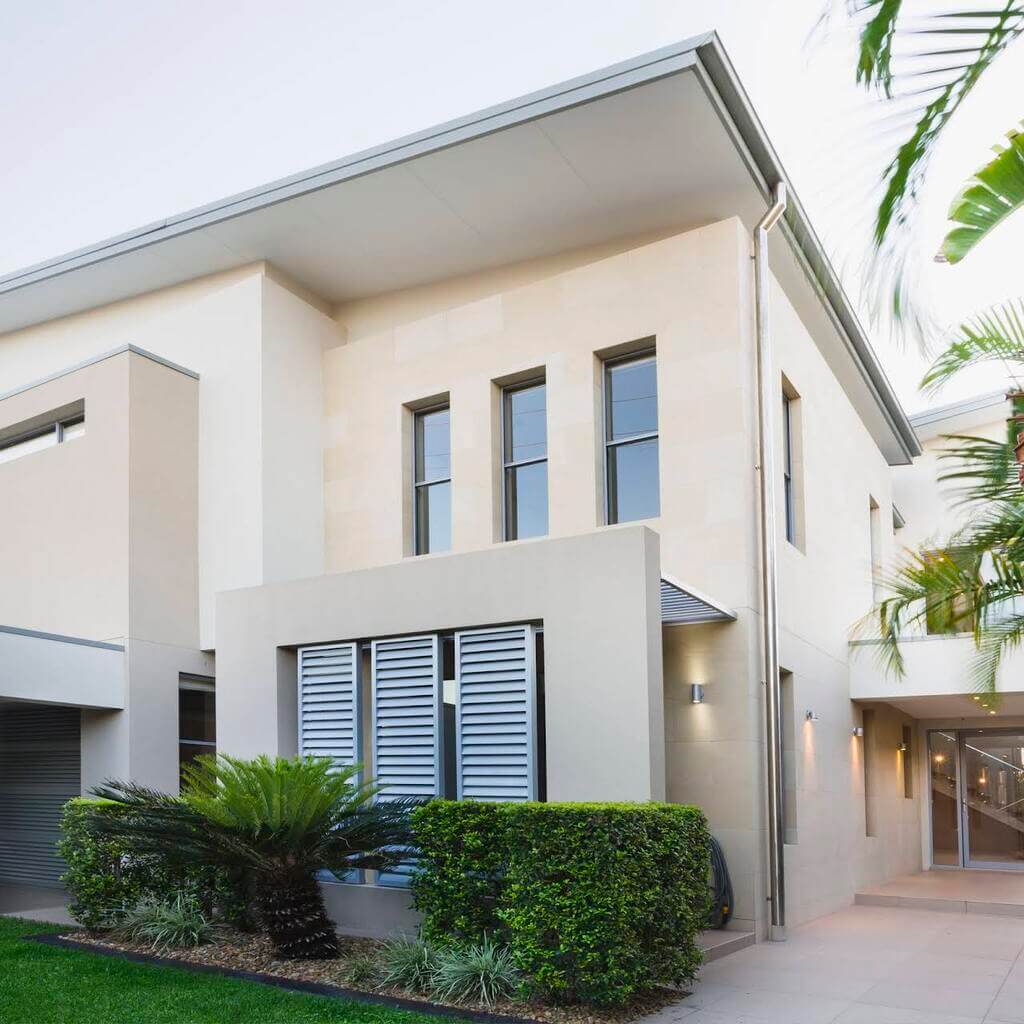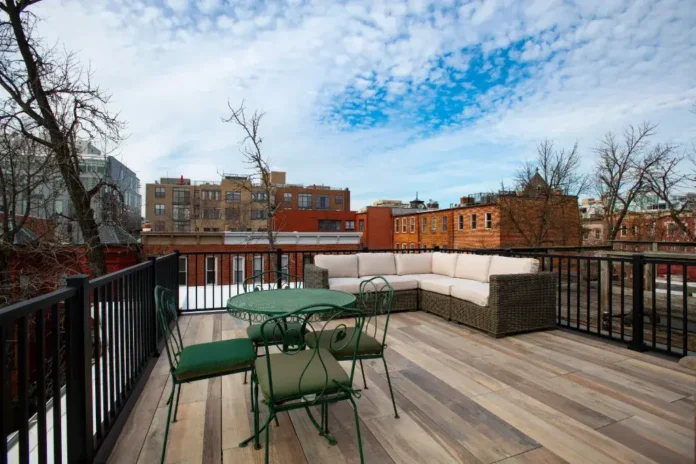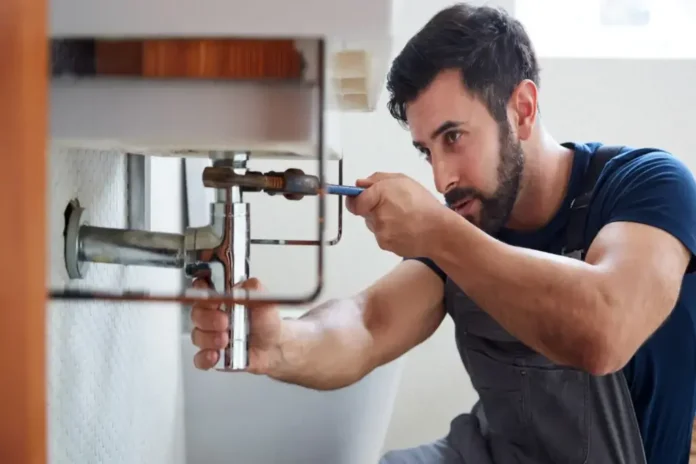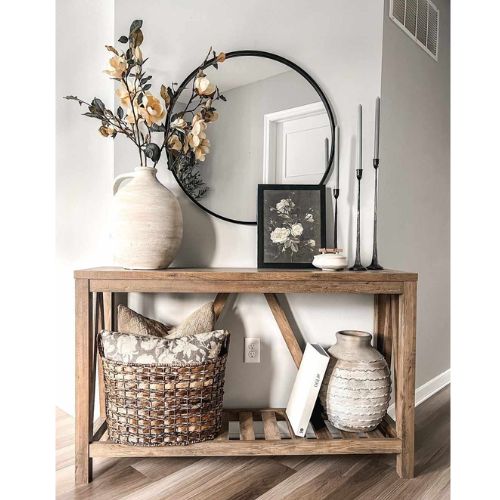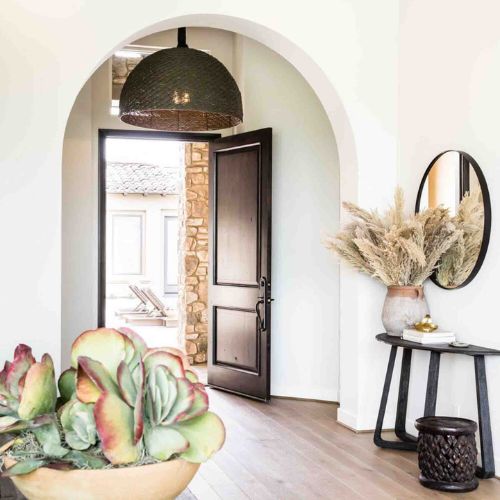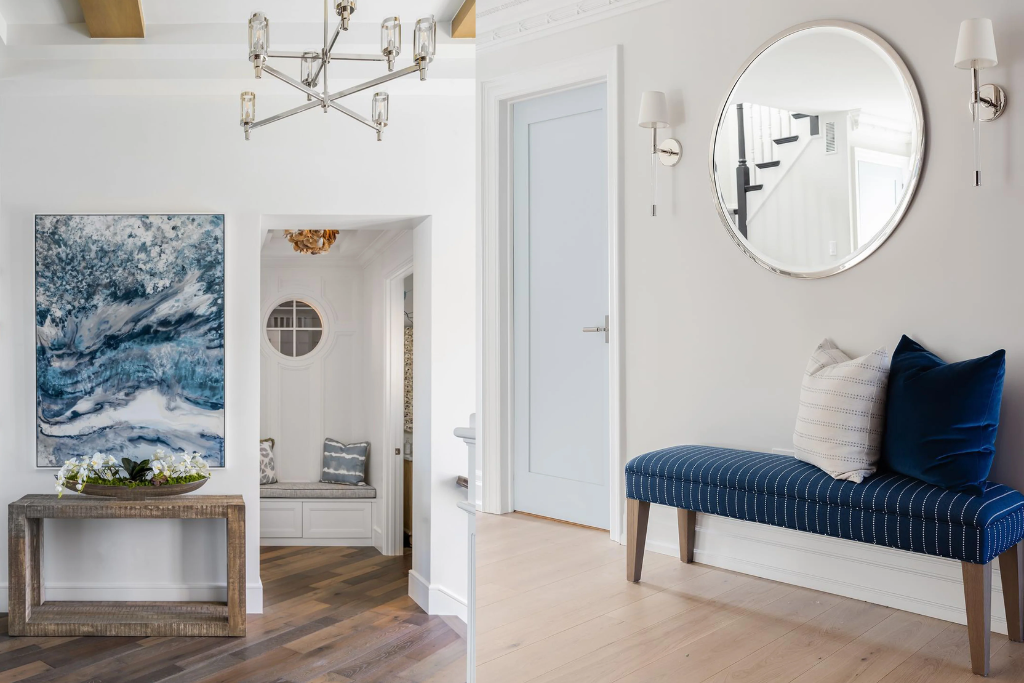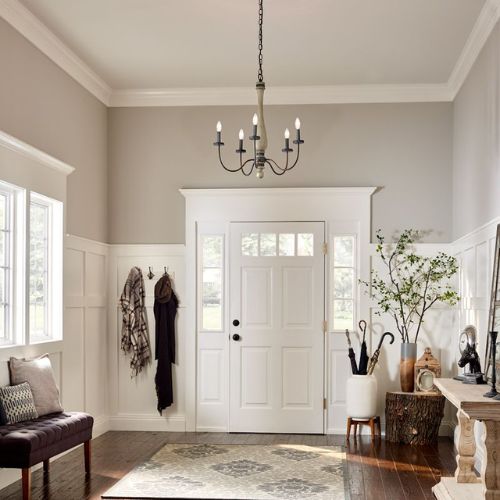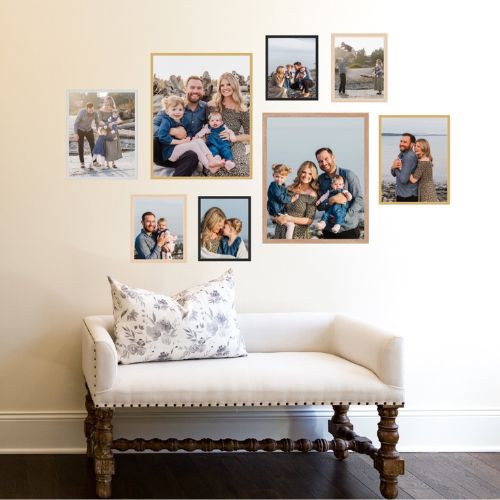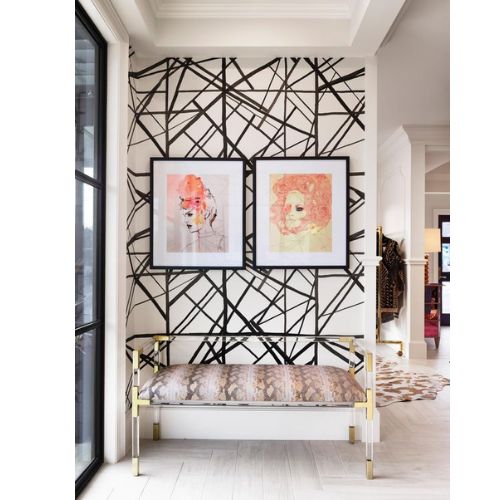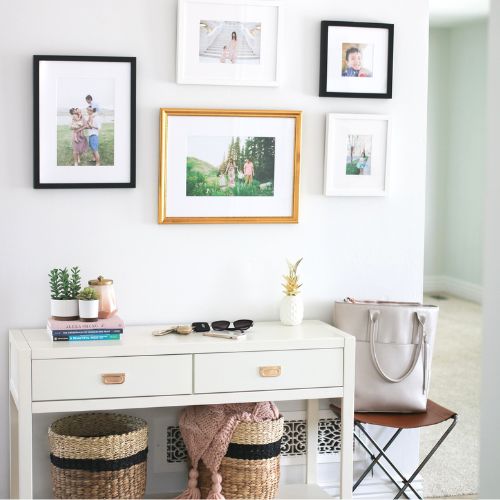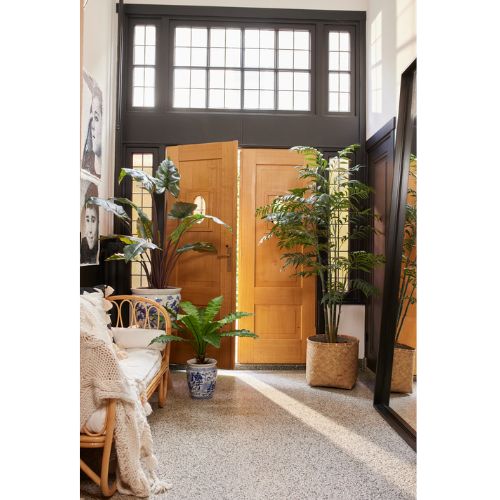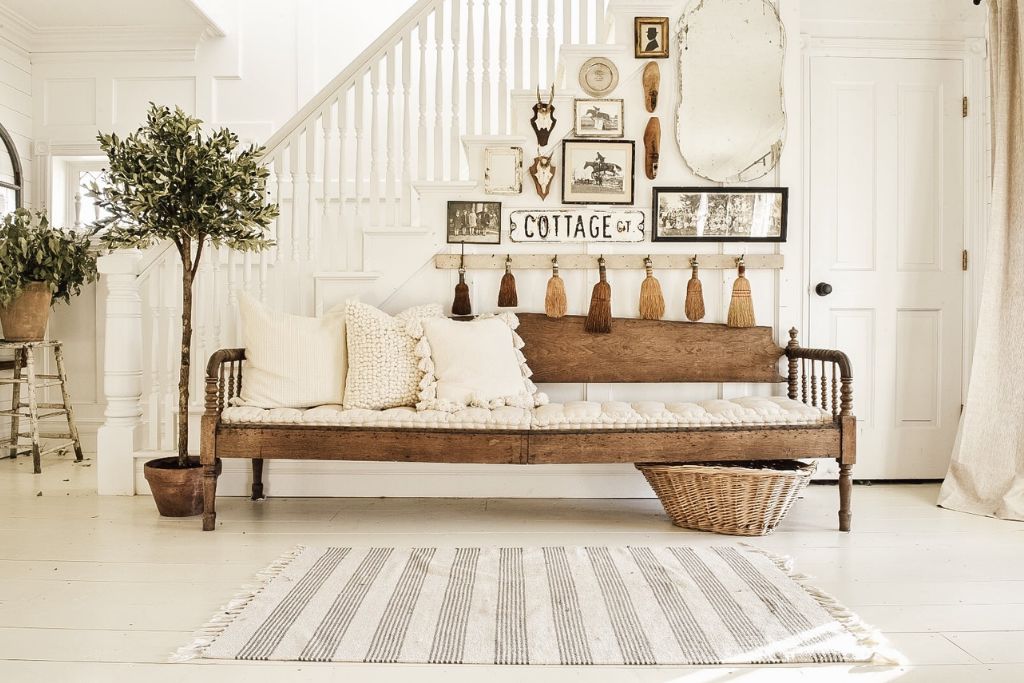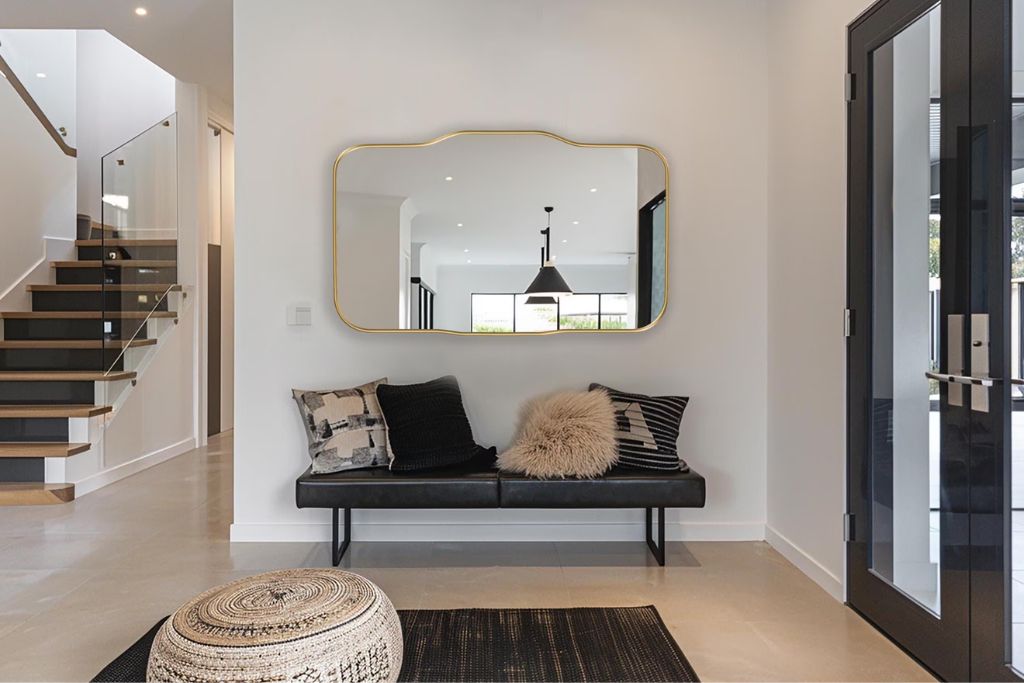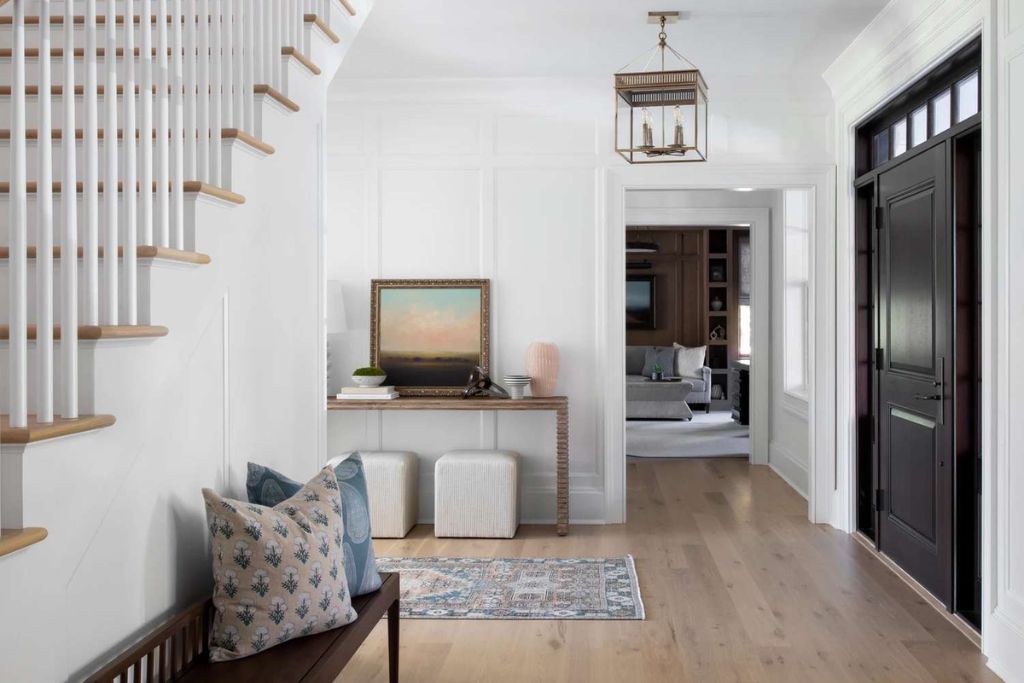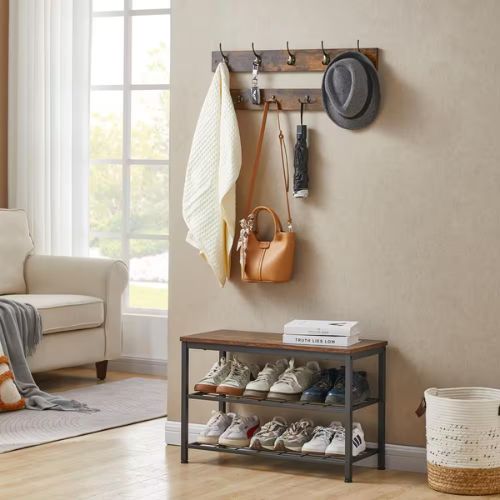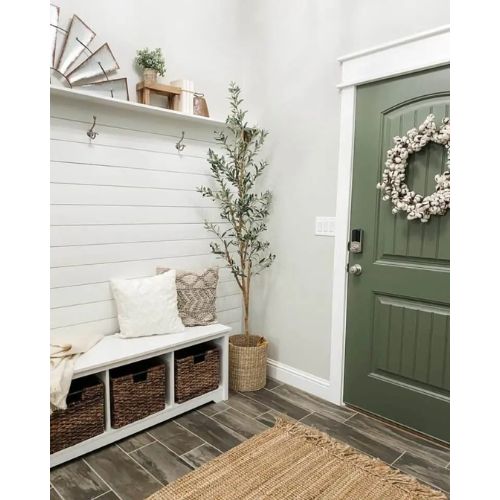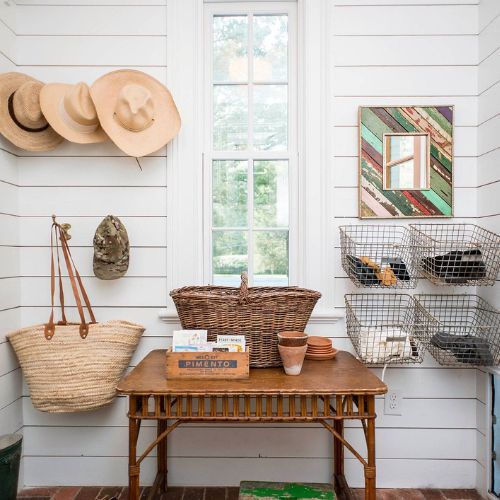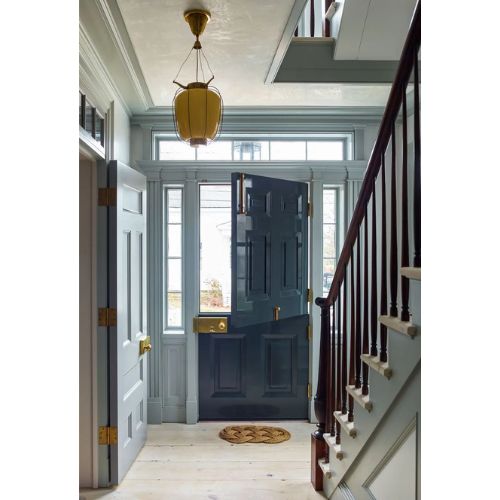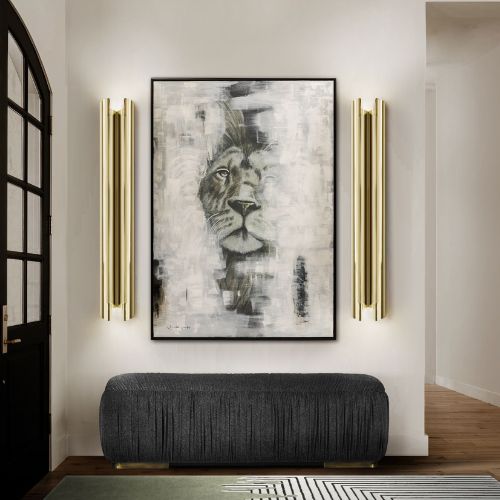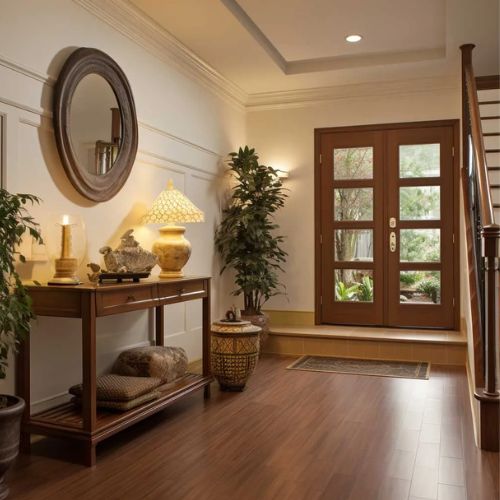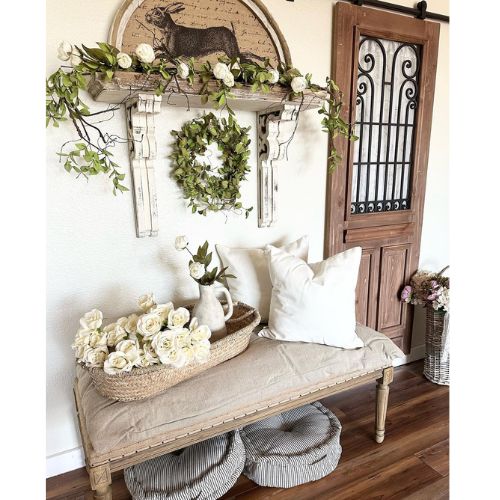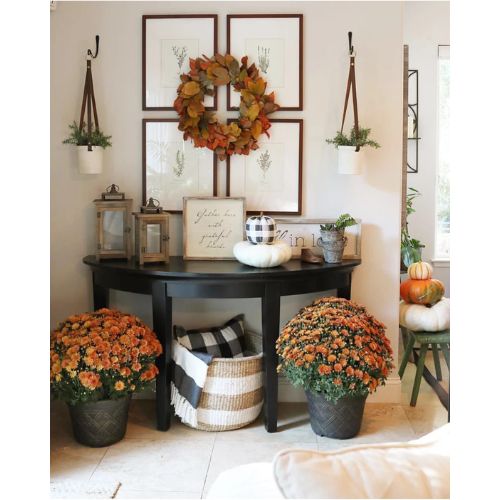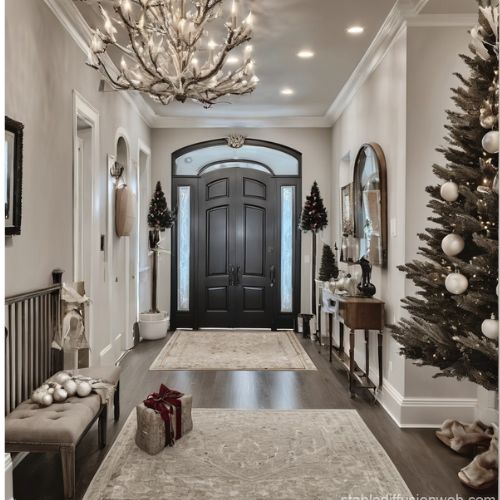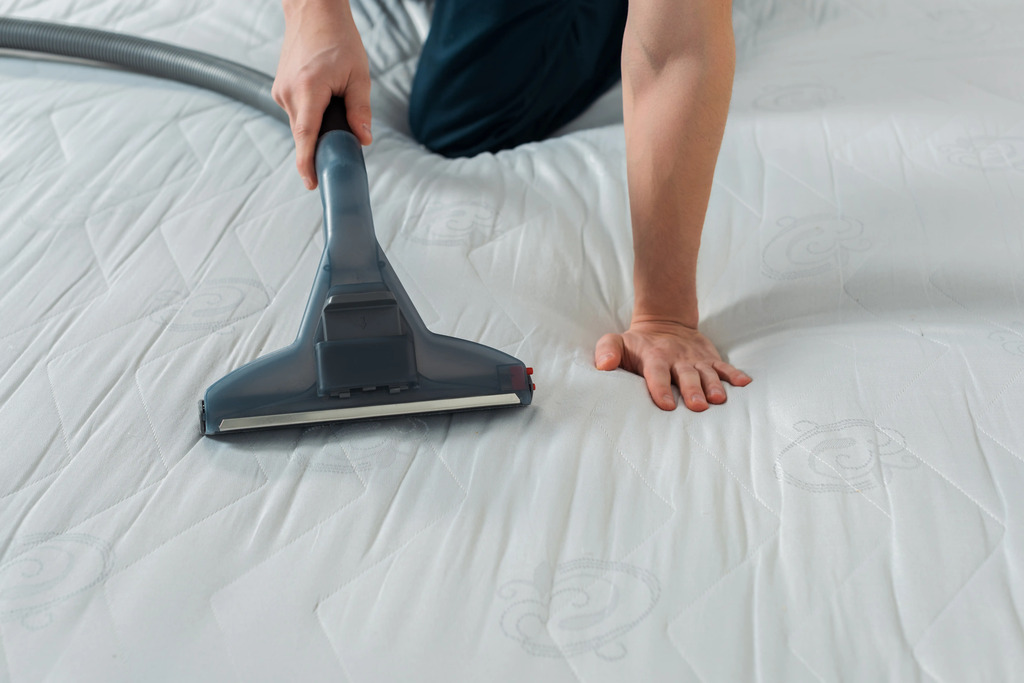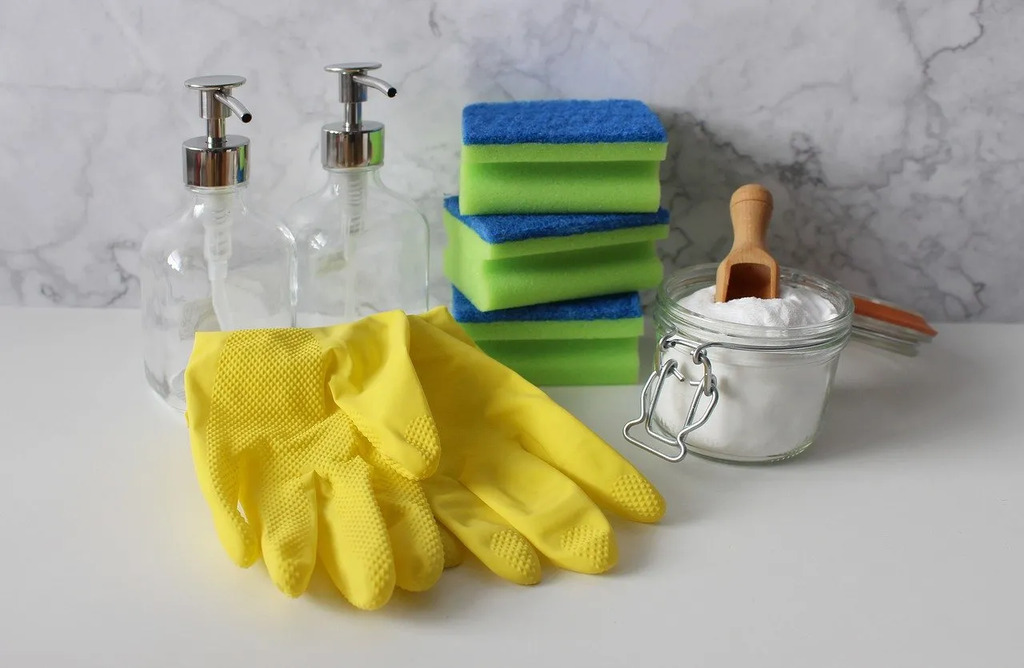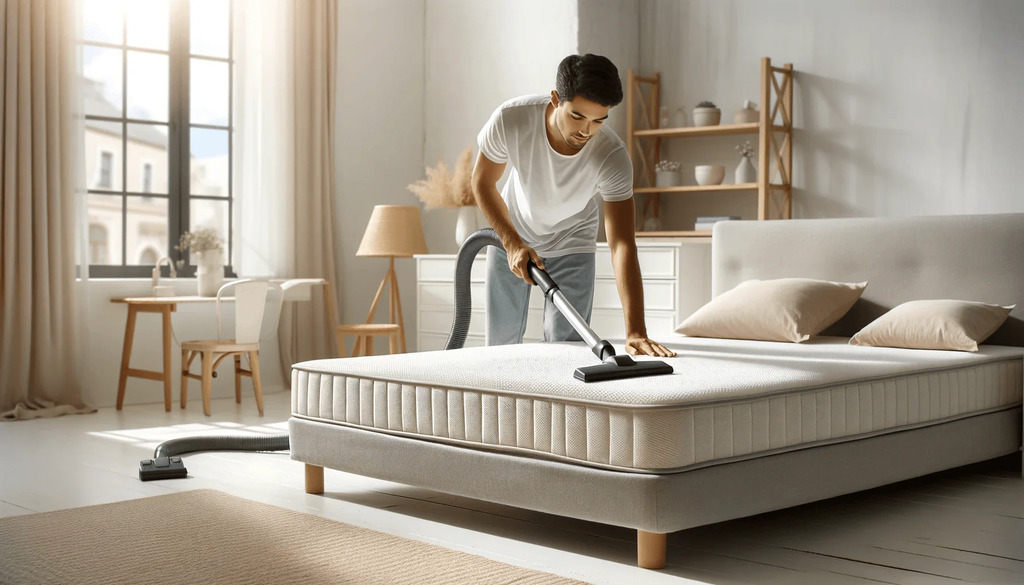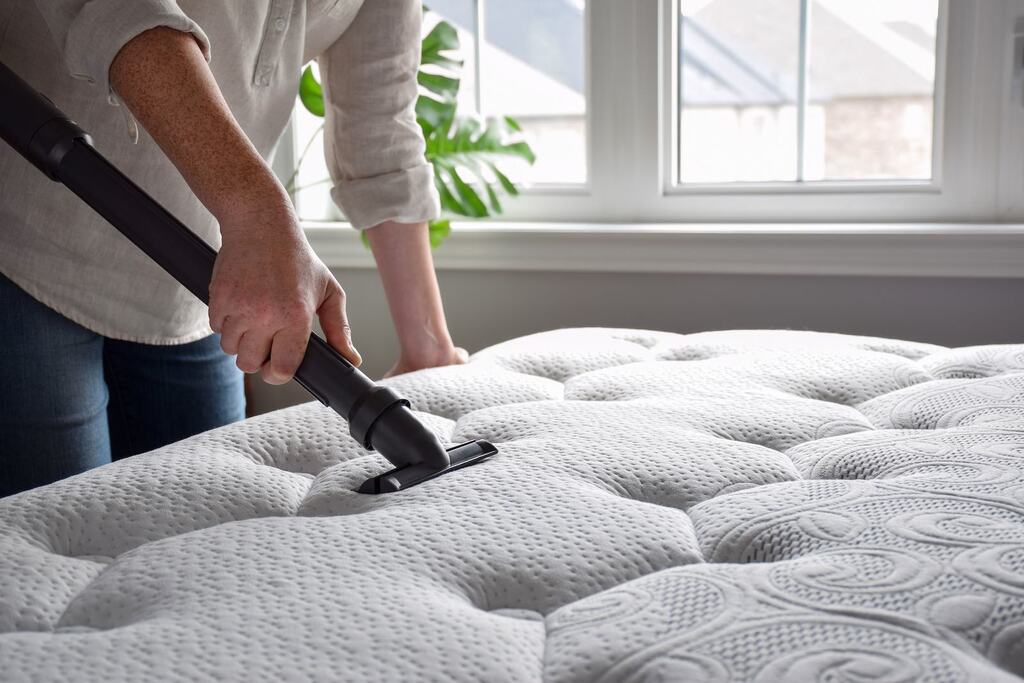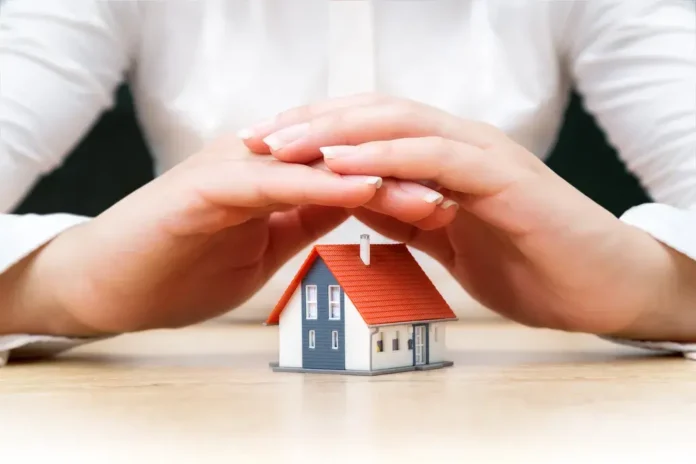Carpet color plays a key role in home décor, influencing mood, space perception, and aesthetics. Lighter shades make rooms feel spacious, while darker tones create a cozy atmosphere. Neutral colors like beige and gray offer versatility, while bold hues add personality. Warm colors (red, orange) energize spaces, while cool tones (blue, green) promote relaxation. The right carpet color enhances comfort, complements furniture, and ties the room together. Choosing stain-resistant colors for high-traffic areas ensures durability. A well-selected carpet boosts home value and ambiance, making it essential for interior design. Explore top carpet colors trend to transform your space!
Which are the Popular Carpet Colors and Their Benefits
Carpet color plays a major role in home design, influencing aesthetics, ambiance, and practicality. Different shades can make a room feel larger, cozier, or more luxurious. Below are the most popular carpet colors and their unique benefits.
Neutral Tones (Beige, Gray, Taupe)

Neutral carpets are timeless, adaptable, and easy to match with various décor styles. These modern carpet colors provide a clean and elegant look, making them a top choice for homeowners.
| Beige | Gray | Taupe |
| Adds warmth and creates a welcoming atmosphere. | Creates a modern, sophisticated look. | A mix of beige and gray, offering both warmth and elegance. |
| Works well in traditional, rustic, and contemporary interiors. | Pairs well with bold-colored furniture and accent pieces. | Works well with wooden, white, or metallic décor elements. |
| Hides light dust and dirt but may show stains over time. | Available in light and dark shades to suit different preferences. | An excellent choice for those who want a balanced neutral tone. |
Benefits of Neutral Carpets:
✔ Timeless and versatile, suitable for any style.
✔ Hide dust and minor stains well.
✔ Easy to decorate around with changing trends.
Earthy Shades (Brown, Green, Terracotta)

Earthy carpet colors bring a natural and cozy feel to a space. They are inspired by nature and work well with organic materials like wood and stone.
| Brown | Green | Terracotta |
| Ideal for high-traffic areas since it hides dirt and stains. | Evokes tranquility and relaxation, similar to nature. | Adds warmth and depth to a space. |
| Gives a warm, homey feel, making it great for family spaces. | Works well in bedrooms, meditation rooms, or eco-friendly designs. | Perfect for Mediterranean, Tuscan, or farmhouse-style homes. |
| Complements rustic, bohemian, and classic interiors. | Darker greens offer a rich, luxurious look, while lighter shades create an airy feel. | Pairs beautifully with earthy décor and wooden furniture. |
Benefits of Earthy Carpets:
✔ Hide stains and dirt well.
✔ Promote a cozy and welcoming ambiance.
✔ Pair easily with nature-inspired décor.
Cool Colors (Blue, Teal, Gray-Blue)

Cool-toned carpets add a calming and elegant effect to rooms. These shades work well in both modern and traditional settings.
| Blue | Teal | Gray-Blue |
| Encourages relaxation, making it perfect for bedrooms and living areas. | A bolder choice that adds personality and sophistication. | A stylish blend of cool gray and soft blue for a subtle, refined look. |
| Lighter shades like sky blue create an airy feel, while navy adds depth and richness. | Works well in modern, eclectic, or boho-styled interiors. | Adds a contemporary and sophisticated touch to offices and living spaces. |
| Complements white, gray, and wooden furniture. | Pairs beautifully with neutral furniture and metallic accents. | Helps create a peaceful, relaxed atmosphere. |
Benefits of Cool-Toned Carpets:
✔ Promote relaxation and reduce stress.
✔ Pair well with modern, coastal, and Scandinavian décor.
✔ Create a sophisticated, polished look.
Warm Colors (Red, Orange, Yellow)

Warm-colored carpets energize a space, making it feel lively and inviting. They add character and make rooms feel cozier.
| Red | Orange | Yellow |
| Creates a bold and luxurious statement. | Adds creativity and warmth to a room. | Brightens up a space and makes rooms feel more cheerful. |
| Works well in formal dining rooms, lounges, and entertainment spaces. | Great for home offices, living rooms, or artistic spaces. | Ideal for sunrooms, nurseries, or children’s play areas. |
| Pairs beautifully with deep wood tones and gold accents. | Works well with earthy tones and neutral furniture. | Pairs well with white, gray, and pastel décor. |
Benefits of Warm Carpets:
✔ Create a cozy, inviting feel.
✔ Enhance social spaces and add personality.
✔ Work well in entertainment and high-energy rooms.
Dark vs. Light Carpets (Pros and Cons)
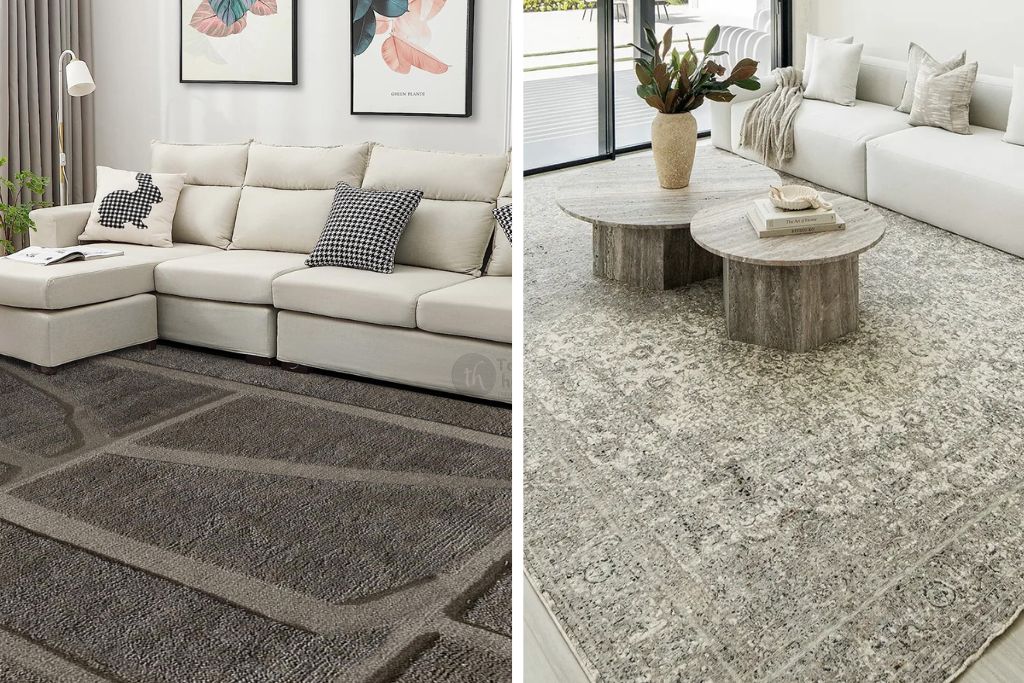
Choosing between dark and light carpets depends on maintenance, aesthetics, and lifestyle.
Dark Carpets
Pros
- Work well in high-traffic areas like hallways and family rooms
- Create a cozy, intimate atmosphere.
- Hide stains, dirt, and spills effectively.
Cons
- show lint, dust, and pet hair more visibly.
- Can make small spaces feel even smaller.
Light Carpets
Pros
- Reflect natural light, enhancing the airy feel of a space.
- Make a room appear larger and brighter.
- Work well in formal areas, bedrooms, and modern homes
Cons
- Require frequent cleaning and stain removal.
- Show dirt more easily, especially in high-traffic zones
Dark carpets are great for high-traffic areas, while light carpets brighten a space. Understanding these factors will help you choose a carpet that enhances both functionality and style in your home.
Factors to Consider When Choosing Carpet Color
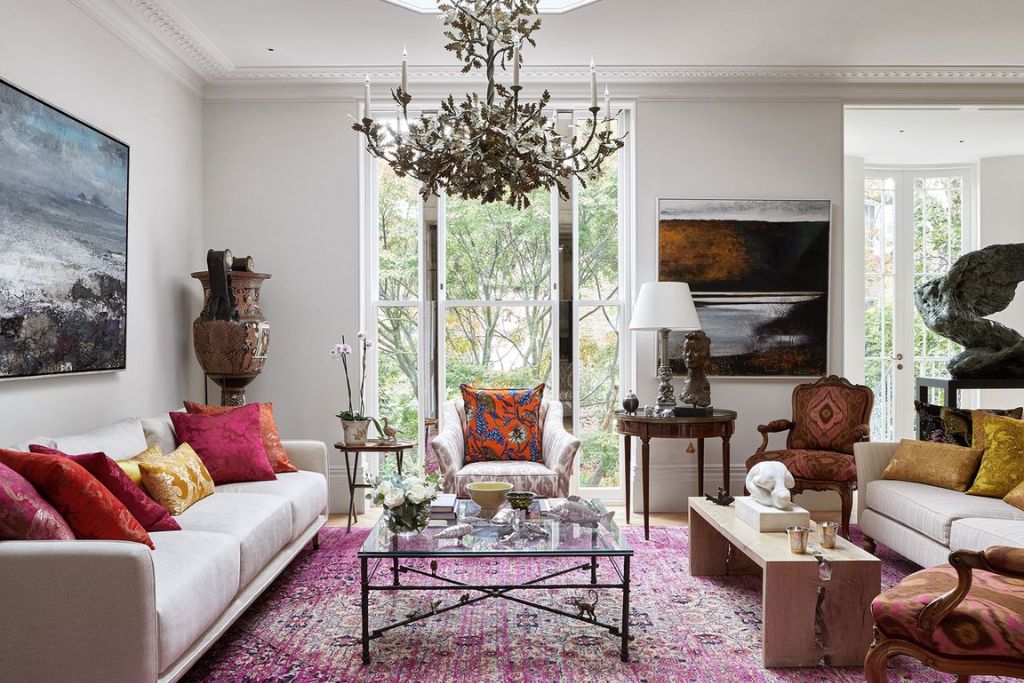
Carpet color plays a significant role in defining a room’s aesthetic appeal, comfort, and practicality. The right choice should complement the décor, enhance the ambiance, and accommodate your lifestyle. Below are essential factors to consider when selecting the perfect carpet color for your space.
1. Room Size and Space Perception
The color of a carpet can influence how large or small a room appears. Light-colored carpets, such as beige, cream, and light gray, reflect more light, making a room feel more open and spacious. This makes them an excellent choice for small rooms or areas with limited natural light. Conversely, dark-colored carpets, such as navy blue, charcoal, and deep brown, absorb more light, creating a cozier, more intimate atmosphere. While they add warmth, they may make small spaces feel more confined.
Mid-tone carpets offer a balanced solution, as they do not drastically alter space perception but still provide depth and warmth. If you want to maintain an airy feel while adding some coziness, consider soft, neutral hues like taupe or warm gray.
Tip: If your room lacks windows or receives minimal sunlight, opt for a lighter carpet to prevent the space from feeling enclosed.
2. Matching Carpet to Existing Décor
Carpet color should blend harmoniously with the room’s existing furniture, walls, and accessories. Choosing the wrong color can make the room feel disjointed or visually overwhelming. Neutral tones such as gray, taupe, and beige offer maximum flexibility, allowing you to change furniture, wall paint, or décor without worrying about color clashes. These shades also create a calm and balanced environment.
For those looking to make a bold statement, rich colors like deep blue, emerald green, or burgundy can add character and depth. However, they should be carefully coordinated with other elements in the room to prevent clashing. Patterned or multi-tonal carpets are another great option, as they incorporate multiple colors, making it easier to match different décor styles.
Tip: Always test carpet samples against your wall colors, furniture, and lighting before making a final decision.
3. Effect of Lighting on Carpet Appearance
Lighting significantly affects how a carpet color looks in a room. Natural sunlight enhances the brightness of light-colored carpets and can make dark carpets look richer. However, artificial lighting can alter the appearance of a carpet depending on its color temperature.
- Warm lighting (yellow-toned bulbs): Enhances warm tones such as beige, brown, and gold, making them appear richer.
- Cool lighting (white or blue-toned bulbs): Accentuates cool colors like gray, blue, and green, giving them a crisp, fresh look.
- Directional lighting: If a room receives sunlight from a single large window, the carpet may appear different at various times of the day.
To avoid surprises, view carpet samples in different lighting conditions and at different times of the day.
Tip: If your room has dim lighting, opt for a color that reflects light well, such as light neutrals or soft pastels, to maintain an open feel.
4. Maintenance and Cleaning Requirements
Carpet color significantly impacts how often you’ll need to clean it. Light-colored carpets, such as white, cream, and pastel shades, are prone to showing dirt, stains, and spills, requiring frequent vacuuming and deep cleaning. These colors work best in low-traffic areas such as bedrooms or formal living rooms.
Dark carpets, while excellent at hiding stains, tend to reveal dust, pet hair, and lint, requiring regular maintenance. They work well in high-traffic areas like hallways and family rooms but need frequent vacuuming to stay clean.
Medium-tone and multi-tone carpets are the best option for balancing style and practicality. They hide stains and dirt better than lighter carpets while not showing dust as much as darker carpets. Textured carpets, which blend multiple shades, are also an excellent choice for reducing visible wear and dirt buildup.
Tip: If you have a busy household with kids or pets, consider stain-resistant carpets in medium or multi-tonal colors for easier maintenance.
5. Foot Traffic and Usage
Different rooms in your home have different levels of foot traffic, which should influence your carpet color choice. High-traffic areas such as hallways, entryways, and living rooms require durable and stain-resistant carpets that can withstand daily wear and tear. Darker or medium-toned carpets with patterns or textured finishes are ideal for these spaces since they conceal dirt and wear better.
In contrast, bedrooms, guest rooms, and formal sitting areas experience less foot traffic, making them suitable for lighter-colored carpets. These rooms are ideal for white, cream, or soft pastel carpets that create a clean, sophisticated look.
For staircases and entryways, carpets that feature multi-tonal or speckled patterns work best, as they hide footprints and dirt accumulation over time.
Tip: Choose a durable fiber such as wool or nylon for high-traffic areas to extend the carpet’s lifespan.
6. Lifestyle Considerations (Kids, Pets, and Allergies)
Your household’s lifestyle plays a crucial role in carpet color selection.
- Homes with Pets: Avoid solid white or black carpets, as they show pet hair and dirt more prominently. Medium-tone or speckled carpets are the best choice.
- Families with Young Children: Stain-resistant carpets in forgiving colors like brown, taupe, or gray work well in playrooms and family spaces where spills are common.
- Allergy Concerns: Carpets with low pile or synthetic fibers trap fewer allergens. Avoid black or dark carpets if dust visibility is a concern.
If you have both kids and pets, opt for a multi-tone or textured carpet in a stain-resistant material for maximum durability.
Tip: Regular vacuuming and deep cleaning can help maintain the look and hygiene of your carpet, regardless of color.
7. Longevity and Trend Considerations
Carpets are a long-term investment, so choosing a timeless color can help avoid frequent replacements. Classic shades such as gray, beige, and taupe have remained popular for decades because they blend well with different décor styles. These colors are an excellent option if you plan to update your furniture or wall colors over time.
On the other hand, bold and trendy colors like bright blue, emerald green, and deep red can make a striking statement but may fall out of fashion quickly. If you love bold colors but want flexibility, consider using them in smaller carpeted areas, such as accent rugs or runners, rather than wall-to-wall carpeting.
Patterned and multi-tonal carpets are another great option for longevity. They hide stains and aging better than solid colors, making them a practical choice for long-term use.
Tip: If you prefer trendy colors, use them in non-permanent carpeting solutions, such as area rugs, so they can be replaced easily when styles change.
Best Carpet Colors for Different Rooms
Selecting the right carpet color for each room enhances the overall aesthetic, creates the right atmosphere, and ensures long-term practicality. Different spaces in a home serve unique functions, and factors like lighting, foot traffic, and décor style play a key role in color selection. Below is a detailed guide to choosing the best carpet colors for various rooms.
1. Living Room Carpet Colors

The living room is one of the most frequently used spaces in a home, making carpet color selection crucial for both style and durability. Since this area is often the first impression guests have of your home, the right color should create an inviting and elegant atmosphere.
- Neutral Shades (Beige, Taupe, Light Gray): These are the most popular choices for living rooms because they blend seamlessly with various décor styles, from modern to traditional. Beige adds warmth, while light gray offers a contemporary feel.
- Warm Tones (Brown, Rust, Warm Gray): These colors add a sense of coziness and work well in rustic or classic interiors. Brown, in particular, hides stains better than lighter colors, making it ideal for households with children or pets.
- Dark Colors (Charcoal, Navy, Espresso): These shades create a luxurious and intimate setting. While they work well in large living rooms, they may make smaller spaces feel more enclosed. Darker carpets require regular maintenance to prevent dust accumulation.
- Patterned or Multi-Tonal Carpets: For high-traffic living rooms, patterned carpets help conceal dirt and wear, making them an excellent option for families.
Tip: If your living room has large windows and gets a lot of natural light, avoid very dark carpets as they may fade over time.
2. Bedroom Carpet Colors

Bedrooms should have a calming and peaceful ambiance, making soft and muted tones the best choice. The carpet color should promote relaxation and blend well with bedding, wall colors, and furniture.
- Cool Tones (Soft Blue, Gray-Blue, Sage Green): These shades have a soothing effect, ideal for a restful sleep environment. Blue, in particular, has been shown to lower stress and promote relaxation.
- Neutral Tones (Beige, Light Gray, Ivory): A versatile option that complements various design styles, from minimalist to luxurious. These shades also make a bedroom feel more open and airy.
- Warm Pastels (Blush Pink, Soft Peach, Warm Taupe): These colors introduce a subtle warmth, making a bedroom feel inviting without being too bold.
- Dark Colors (Deep Blue, Charcoal, Dark Brown): These shades add a sense of depth and luxury but can make a room feel smaller if not balanced with lighter walls and décor.
Tip: If you love bold colors but don’t want to commit to a full floor of color, opt for a neutral carpet ideas and introduce color through accent rugs or furniture.
3. Home Office Carpet Colors
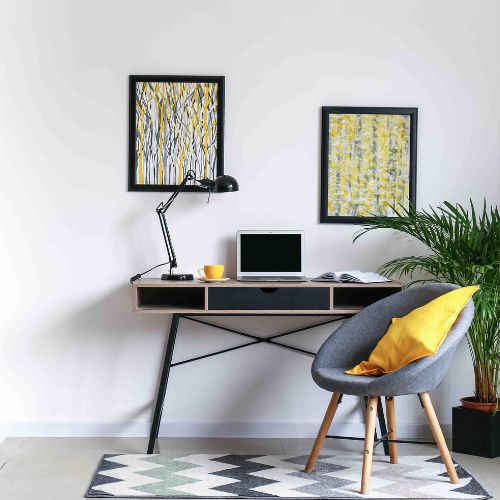
A home office requires a carpet color that enhances focus and productivity while maintaining a professional and comfortable feel.
- Cool Tones (Gray, Blue, Green): Shades of gray and blue are known for improving concentration and reducing stress, making them ideal for a workspace. A muted green adds a sense of calm and balance.
- Dark Neutrals (Charcoal, Espresso, Deep Gray): These colors add sophistication and professionalism to an office space. They also hide dirt better, making maintenance easier.
- Muted Earthy Tones (Olive, Slate Blue, Warm Taupe): These shades provide a cozy yet refined atmosphere, preventing the office from feeling too sterile.
Tip: Avoid overly vibrant colors like red or yellow in a workspace, as they can be too stimulating and distracting.
4. Kids’ Room and Playroom Carpet Colors

Carpets in kids’ rooms and play areas should be fun, durable, and easy to maintain. Since these rooms often experience spills, dirt, and high foot traffic, stain-resistant materials and forgiving colors are essential.
- Bright Colors (Yellow, Orange, Green, Blue): These lively colors stimulate creativity and make the space feel cheerful and energetic.
- Multi-Tonal or Patterned Carpets: These options hide dirt and stains better than solid-colored carpets, making them a practical choice for play areas.
- Medium-Tone Neutrals (Taupe, Medium Gray, Beige): These shades provide a balanced, adaptable look that can grow with the child’s changing tastes.
Tip: For younger children, opt for carpets with built-in stain protection to extend their longevity.
5. Hallway and Staircase Carpet Colors
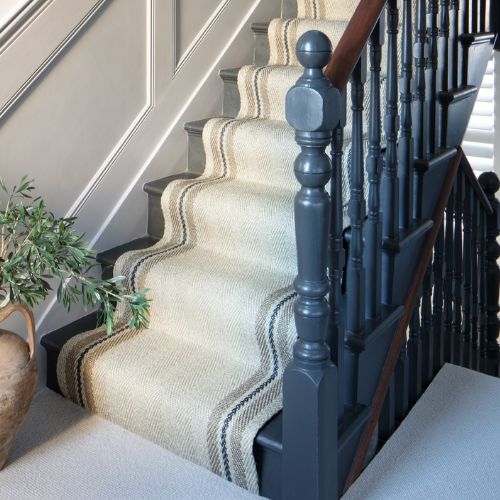
Hallways and staircases are high-traffic areas where durability is just as important as appearance. The right carpet color should help conceal dirt and footprints while maintaining a polished look.
- Dark Neutrals (Charcoal, Brown, Deep Gray): These shades hide scuff marks and footprints, making them ideal for busy households.
- Medium-Tone Colors (Gray, Brown, Warm Beige): These provide a good balance, offering both concealment and a welcoming feel.
- Patterned or Textured Carpets: A great choice for staircases, as they camouflage dirt and wear better than solid colors.
Tip: A low-pile carpet is recommended for stairs, as it reduces slipping hazards and is easier to maintain.
6. Dining Room Carpet Colors
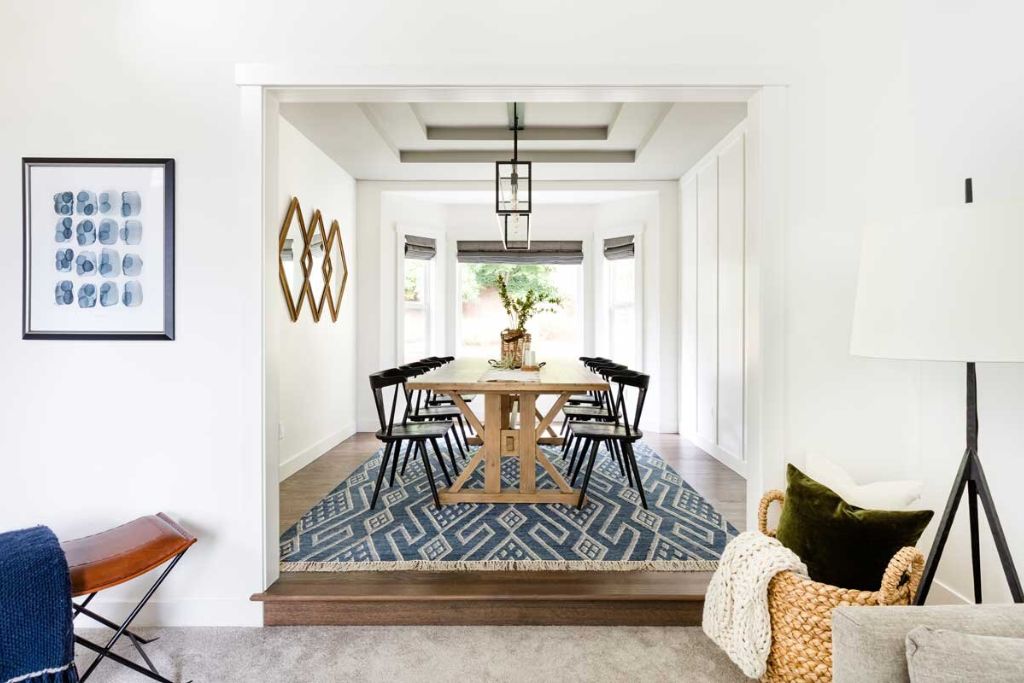
A dining room carpet should enhance the space’s elegance while being practical for food and drink spills. The best color choices strike a balance between sophistication and stain resistance.
- Dark Tones (Chocolate Brown, Deep Gray, Navy): These shades effectively conceal food spills and stains, making them a great choice for families who frequently use the dining area.
- Medium Neutrals (Taupe, Warm Gray, Muted Beige): These colors provide a refined look without showing dirt and crumbs as easily as lighter carpets.
- Patterned Carpets: These add visual interest to a dining space while helping to mask stains.
Tip: Choose a carpet with stain-resistant technology to make cleaning easier in a dining room.
7. Basement Carpet Colors
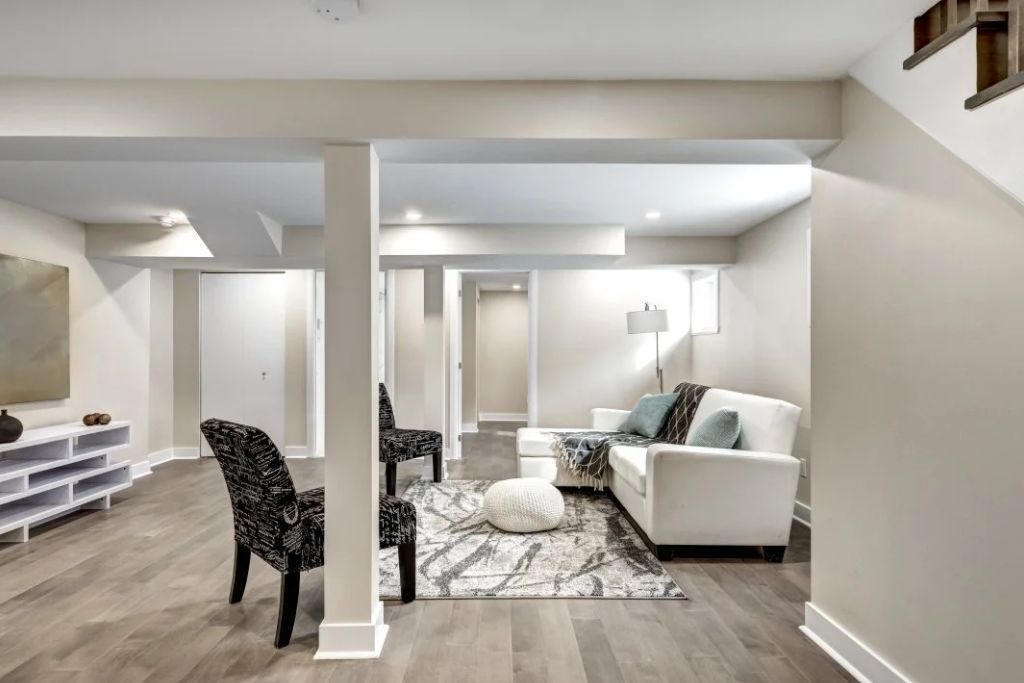
Basements often lack natural light, so the right carpet color can help brighten the space and create a cozy atmosphere.
- Warm Neutrals (Beige, Taupe, Soft Gold): These colors add warmth to an otherwise cool or dimly lit basement.
- Light Cool Tones (Soft Gray, Pastel Blue, Sage Green): These shades keep the space feeling open while adding a slight touch of color.
- Dark Colors (Charcoal, Deep Brown, Navy): Suitable for basements with sufficient lighting, but they may make small basements feel enclosed.
Tip: Since basements are prone to moisture, opt for moisture-resistant carpet materials like synthetic fibers.
8. Entryway and Mudroom Carpet Colors
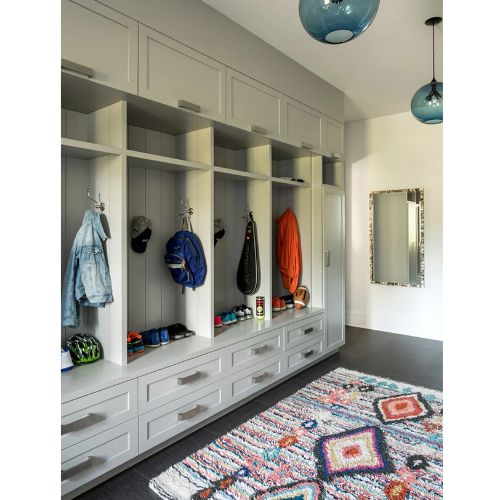
Entryways and mudrooms experience the highest amount of dirt, mud, and debris. The best carpet colors for these spaces should be highly stain-resistant and durable.
- Dark and Medium-Tone Colors (Charcoal, Brown, Deep Gray): These shades are effective in hiding dirt and stains.
- Patterned or Textured Carpets: Help disguise daily wear and tear while adding a stylish touch.
- Multi-Tonal Blends: These carpets mix multiple shades, making them an ideal choice for high-traffic areas.
Tip: Choose a low-pile carpet in synthetic fibers like nylon, which is easier to clean and more resistant to dirt.
The best carpet color for each room depends on its function, lighting, foot traffic, and design preferences. Before making a final decision, test carpet samples in the intended room to see how they interact with lighting and décor.
5 Best Ways To Maintain Your Carpets
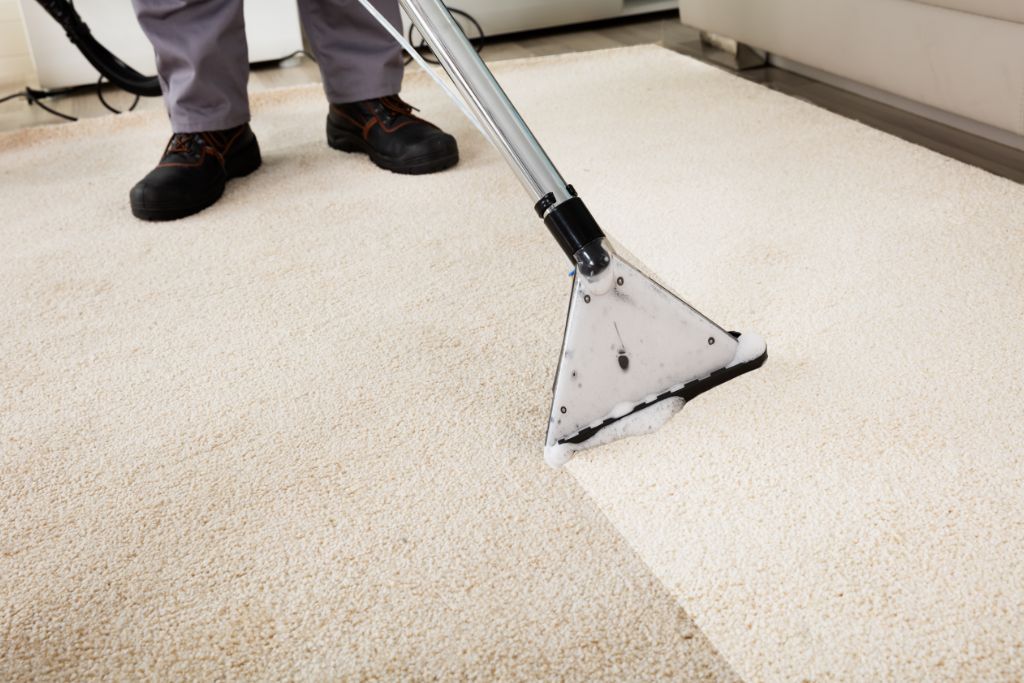
1. Regular Vacuuming
Vacuum high-traffic areas daily and low-traffic areas weekly. Use slow strokes and a HEPA-filter vacuum for deep cleaning. Empty the vacuum bag regularly for better suction.
2. Immediate Stain Removal
Blot spills immediately; never rub. Use mild dish soap for water-based stains, rubbing alcohol for oil stains, and enzymatic cleaners for pet messes. Always test cleaning solutions on a small area first.
3. Deep Cleaning
Steam clean carpets every 6–12 months to remove deep-seated dirt. Professional cleaning is recommended for heavily soiled carpets.
4. Preventative Measures
Use doormats, remove shoes indoors, and apply stain-resistant treatments for longevity. Rotate furniture to prevent uneven wear.
5. Odor Control
Sprinkle baking soda before vacuuming to absorb odors. Ensure carpets dry completely after cleaning to prevent mold.
Regular maintenance keeps carpets clean, fresh, and long-lasting.
Conclusion
Carpet colors plays a vital role in defining a room’s ambiance, functionality, and overall aesthetic. Lighter shades create an open and airy feel, while darker tones add warmth and sophistication. Neutral colors offer versatility, while bold hues make a statement. Factors like room size, lighting, foot traffic, and maintenance should guide your decision. Patterned and multi-tonal carpets provide practical solutions for high-traffic areas. By selecting the right color based on style and lifestyle needs, you can enhance your home’s beauty and comfort while ensuring long-term practicality. Always test samples in your space before making a final choice.
In Case You Missed It!




